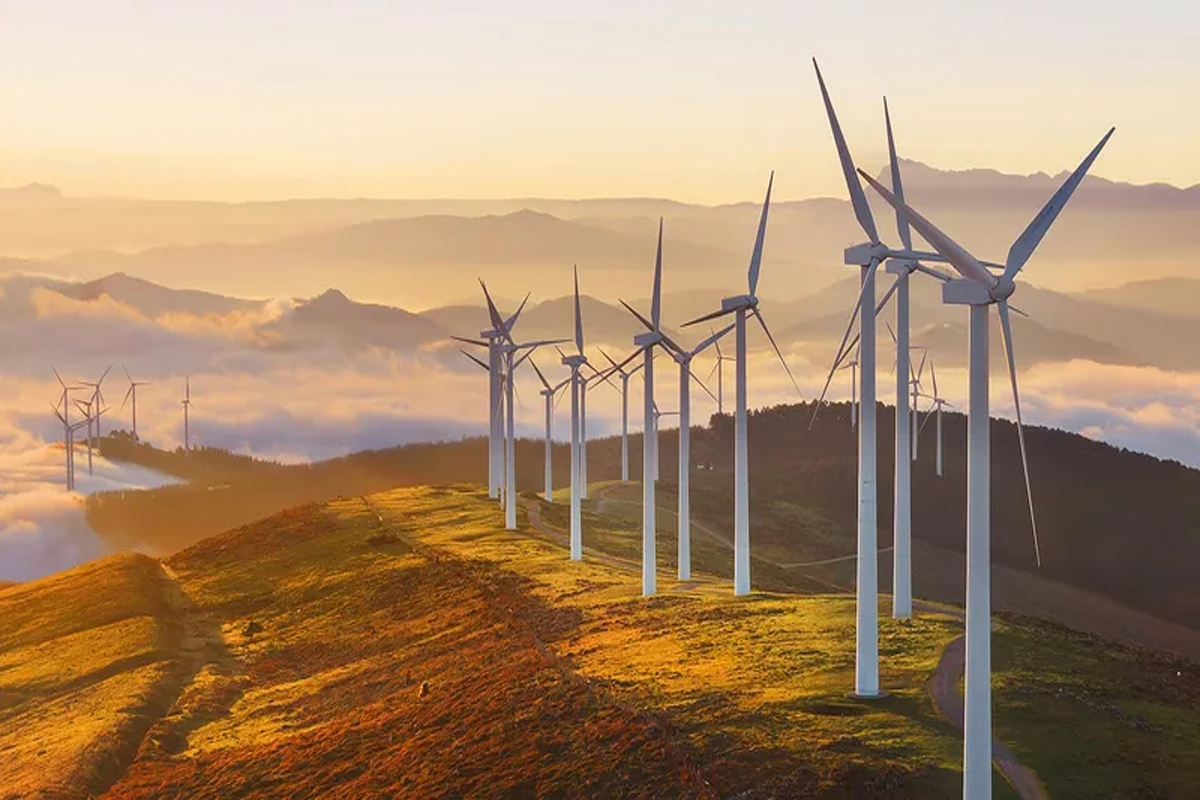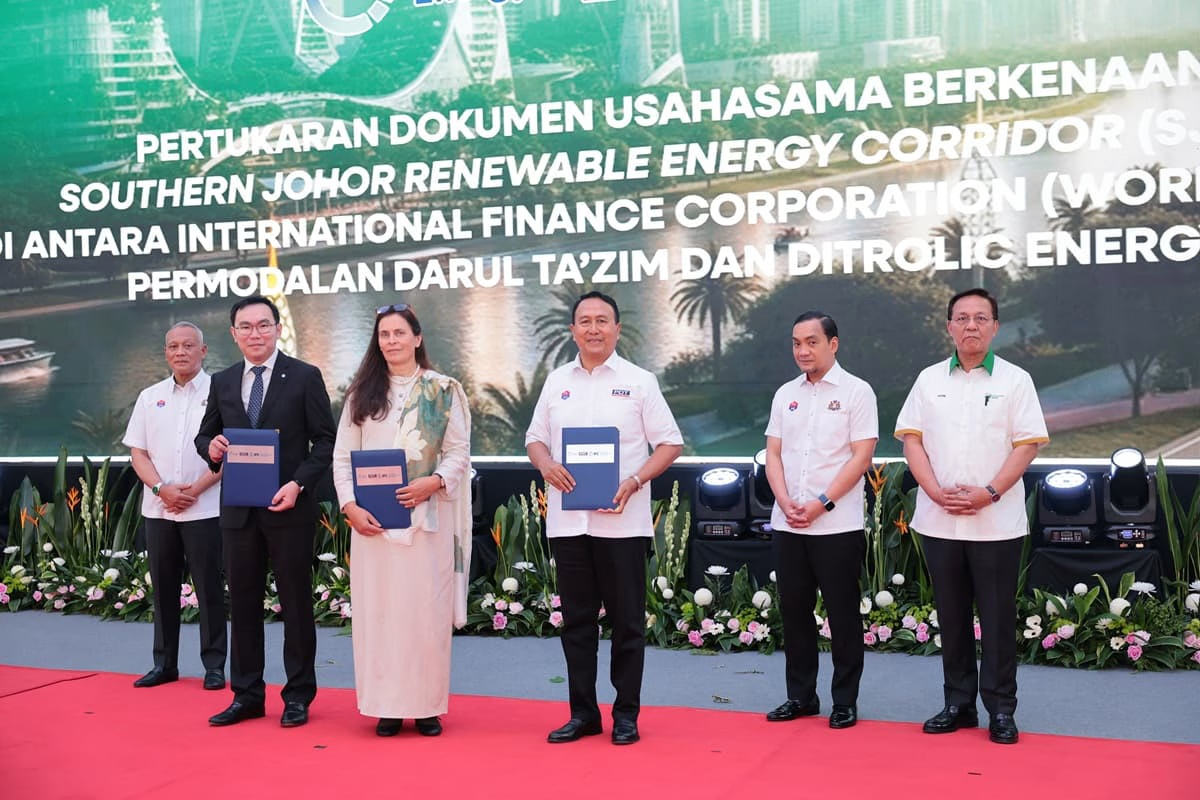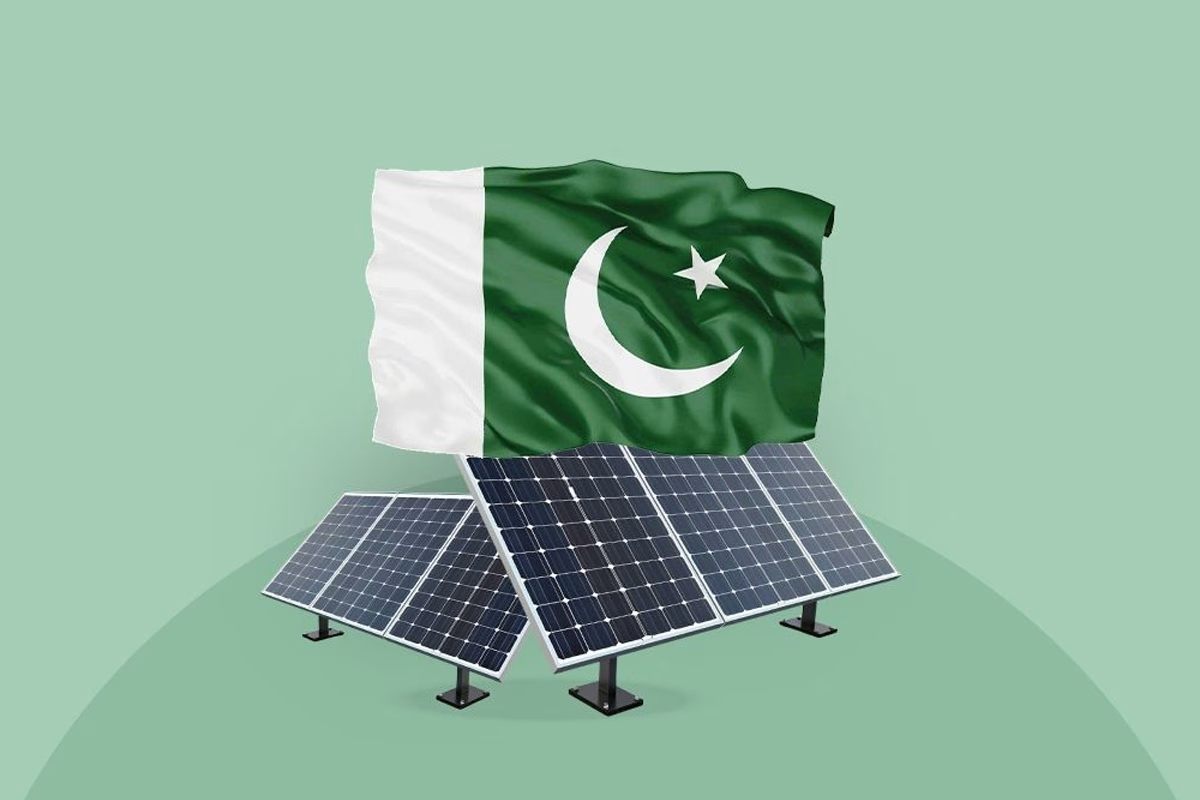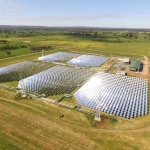
Vast Receives $30M from Australian Renewable Energy Agency for Green Technology to Decarbonise Australia’s Grid and Power Green Fuels Production
November 26, 2024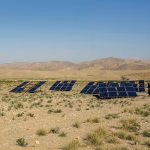
Surprise Solar Boom in Pakistan Helps Millions, But Harms Grid
November 26, 2024Pakistan’s national power grid is struggling with significant inefficiency and financial losses, with transmission and distribution (T&D) losses ranging from 20 to 25 percent—among the highest in the world. These losses reached a staggering Rs30,794 million in FY2022-23, as reported by the Pakistan Credit Rating Agency. The country’s challenging geography adds to the problem, as power generation is concentrated in the northern and southern regions, while major consumption centers are located in the central areas. This imbalance exacerbates grid stability issues and complicates future transmission infrastructure planning.
The instability of the grid also hampers efforts to integrate renewable energy, as managing the variable supply and demand requires a stable infrastructure. Renewables like solar and wind power, with their fluctuating outputs, are particularly challenging to incorporate into the existing system without grid enhancements.
To accommodate the increasing share of variable renewable energy (VRE) in Pakistan’s energy mix, the grid must undergo substantial upgrades. Effectively integrating VRE would not only ensure reliable balancing of these resources but also improve grid resilience and provide a more sustainable energy supply for both consumers and industries.
One promising solution to stabilize the grid is offshore wind power, which can complement solar energy by offering a more consistent, high-capacity renewable source. Offshore wind’s steadier output could counterbalance the variability of onshore wind and solar, reducing the frequency and intensity of adjustments required from grid operators. However, incorporating offshore wind into the energy mix would introduce new challenges, requiring robust infrastructure and advanced ancillary services like frequency regulation and voltage support.
Ancillary services are critical for maintaining grid stability. These services include frequency regulation, voltage support, spinning reserves, load following, optimized power flow, and minimizing line overloading—all essential for ensuring efficient transmission and distribution. While thermal power plants have traditionally provided these services, offshore wind, with its predictable output and rapid response capabilities, could also contribute significantly to grid stability.
The provinces of Sindh and Balochistan, in particular, face significant grid stability challenges. Offshore wind could offer a solution, given the country’s extensive coastline, favorable wind conditions, and strategic location. Pakistan’s Exclusive Economic Zone (EEZ), covering 290,000 square kilometers, offers substantial potential for offshore wind development.
According to a 2020 World Bank report, Technical Potential for Offshore Wind in Pakistan, the country has two promising regions for offshore wind projects: Keti Bunder National Wildlife Park in Sindh and Hingol National Park in Balochistan. These areas, located within 200 kilometers of the coastline, could support both fixed and floating wind turbines.
From these regions, Pakistan could potentially generate up to 21 gigawatts (GW) of wind power—about 37.5 percent of the country’s target of 56 GW of installed capacity by 2034, as outlined in the Indicative Generation Capacity Expansion Plan (IGCEP) 2024. This is significant, particularly given that variable renewable energy (VRE) currently makes up just 7 percent of Pakistan’s energy mix, a figure expected to rise to at least 30 percent by 2030, according to the ARE Policy 2019.
Integrating offshore wind into the grid would help Pakistan meet its renewable energy targets while enhancing the grid’s resilience and reliability. Offshore wind can provide essential services, such as spinning reserves, frequency regulation, and voltage support, while improving the balance between supply and demand.
Officials from the National Power Control Center (NPCC) and National Transmission and Dispatch Company (NTDC) have reported operational difficulties, including faults and losses, in integrating onshore wind power. These challenges stem from issues such as aligning wind generation with the merit-order power generation system and accurately forecasting demand.
Offshore wind can address some of these difficulties by reducing reliance on traditional fuel-based power generation, offering cost savings, stabilizing the grid through fast ramping capabilities, and extending the lifespan of existing generators. Moreover, offshore wind improves power quality by regulating voltage and frequency, providing reactive power to support grid voltage. Improved forecasting tools would further help mitigate the current challenges faced by NPCC and NTDC officials.
Globally, the offshore wind industry has seen rapid growth, with Europe leading the way, followed by China and Japan. Although offshore wind turbines tend to have higher construction costs than onshore turbines and require an annual average wind speed of at least 10 m/s, their long-term benefits often outweigh these challenges, making offshore wind a sound investment.
For Pakistan, tapping into offshore wind power could significantly contribute to achieving renewable energy goals, reducing greenhouse gas emissions, improving energy security, decreasing reliance on imported fuels, and enhancing grid stability and reliability. Additionally, offshore wind could enable electricity transmission to neighboring regions, such as Gwadar, without the need for extensive transmission infrastructure development in Balochistan.
By embracing offshore wind as a clean, renewable energy source, Pakistan has the opportunity to secure a more sustainable and resilient energy future. Leveraging its geographic and climatic advantages, Pakistan can pave the way for a cleaner, more reliable energy system that meets growing demand while contributing to global environmental sustainability.

